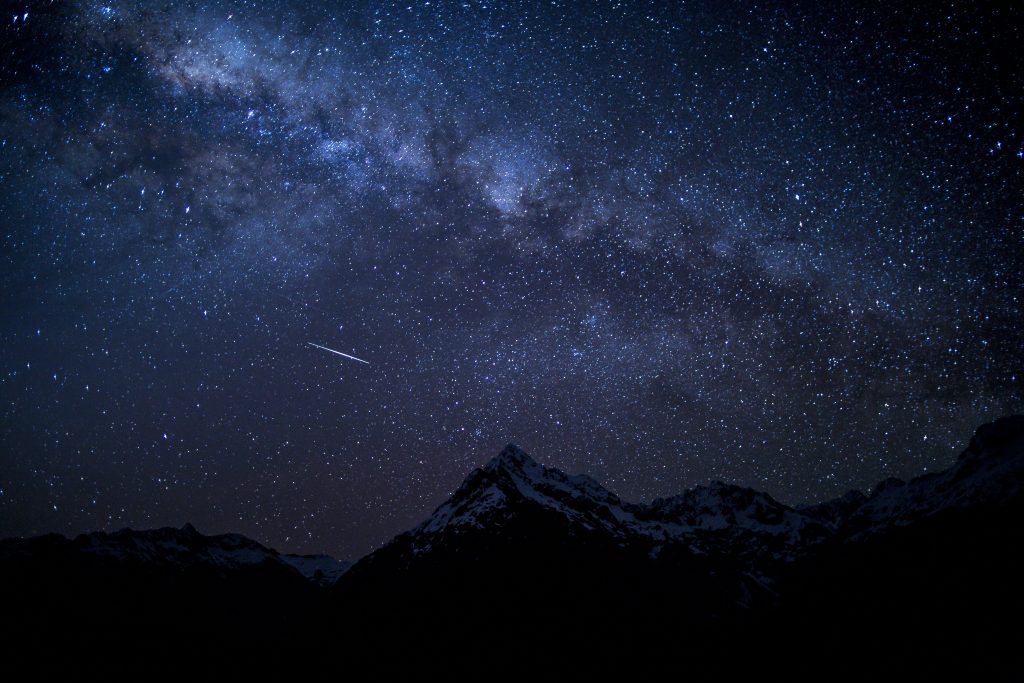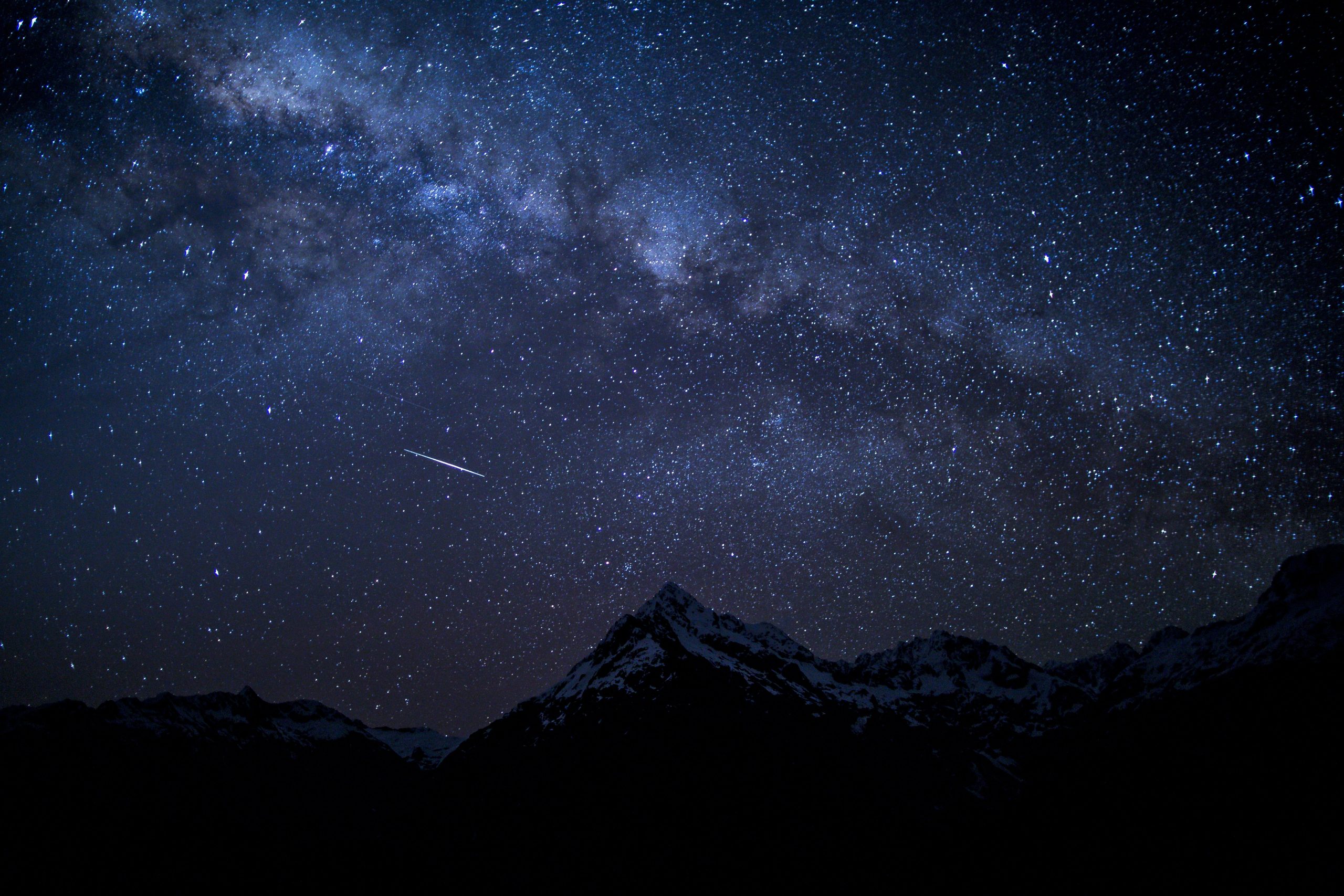Interested in stargazing and curious about the majestic Eagle Nebula? Well, you’re in for a treat! Have you ever wondered if it’s possible to observe the Eagle Nebula with a telescope? The answer is a resounding yes! With a quality telescope and some patience, you can have the opportunity to witness the beauty of the Eagle Nebula firsthand.
By using a telescope, you will be able to catch a glimpse of the Eagle Nebula’s breathtaking features, such as its famous pillars of creation. These massive columns of gas and dust, where new stars are born, are a sight to behold. While observing, you may also witness the fascinating colors and intricate details of this celestial wonder. So, go ahead, grab a telescope, find a clear night sky, and prepare to be amazed by the awe-inspiring Eagle Nebula!

Equipment Needed
Powerful Telescope
To observe the Eagle Nebula, you will need a powerful telescope that has a large aperture to gather as much light as possible. A telescope with a 6-inch or larger diameter should be sufficient to see the details of the nebula.
Mount and Tripod
A stable mount and tripod are essential to keep the telescope steady during observation. This will prevent the images from being blurry due to shaky movements.
Filters
Using filters can enhance the visibility of the Eagle Nebula by blocking out certain wavelengths of light. A nebula filter, such as a UHC (Ultra High Contrast) or an OIII (Oxygen-III) filter, can help to enhance the nebula’s details and improve contrast.
Camera
While a telescope alone can provide a beautiful visual observation, attaching a camera to the telescope can allow for long-exposure photography. This will enable you to capture stunning images of the Eagle Nebula and its intricate details.
Location and Atmospheric Conditions
Dark Sky Site
Finding a dark sky site away from the city lights is crucial for observing the Eagle Nebula. Light pollution can detract from the visibility and detail of the nebula. Look for areas with minimal artificial light sources and a clear view of the night sky.
Stable Weather
Choosing a location with stable weather conditions is important to ensure clear skies and minimal atmospheric disturbances. Cloudy or hazy skies can obstruct the view of the Eagle Nebula, so keep an eye on the weather forecast before planning your observation.
Altitude and Latitude
Observing the Eagle Nebula from higher altitudes can provide better atmospheric conditions and clearer views. Additionally, knowing the latitude of your observation site can help you determine the best time and position in the sky to view the nebula.
Understanding the Eagle Nebula
Overview
The Eagle Nebula, also known as Messier 16 or M16, is a star-forming region located in the constellation Serpens. It gained fame for its striking pillar-like structures captured in the iconic Hubble Space Telescope image, often referred to as the “Pillars of Creation.”
Composition
The Eagle Nebula consists mainly of hydrogen gas, along with traces of other elements such as helium, oxygen, and sulfur. The gas clouds within the nebula are illuminated by the intense radiation from nearby young, hot stars.
Distance and Size
The Eagle Nebula is approximately 7,000 light-years away from Earth and spans a diameter of about 70 light-years. Its immense size and distance make it an intriguing subject for observation and exploration.
Challenges of Observing the Eagle Nebula
Dimness and Faintness
One of the primary challenges of observing the Eagle Nebula is its dimness and faintness. Due to its distance and the scattered light within the nebula, it can be quite challenging to discern the details without the aid of powerful equipment and appropriate observation techniques.
Nebula Structure
The intricate structure of the Eagle Nebula, especially the famous pillars, requires patience and careful observation to appreciate fully. The fine details can be challenging to capture even with advanced telescopes, making it a rewarding but demanding object to study.
Light Pollution
Light pollution from nearby cities and towns can significantly impact the visibility of the Eagle Nebula. To ensure the best observation experience, choose a location far away from artificial light sources.

Choosing the Right Time for Observation
Time of Year
The Eagle Nebula is visible all year round but can be at its best during specific months. The summer months of June, July, and August offer the highest visibility in the Northern Hemisphere, while the winter months of December, January, and February provide optimal viewing in the Southern Hemisphere.
Position in the Sky
The position of the Eagle Nebula in the sky changes with the seasons. It is most visible in the southeast during summer evenings in the Northern Hemisphere and can be found in the northeast during winter evenings in the Southern Hemisphere.
Visibility
To maximize visibility, choose nights with little to no moonlight. New moon phases offer the darkest skies, ensuring the faint details of the Eagle Nebula are not washed away by moonlight.
Observing Techniques
Visual Observation
To observe the Eagle Nebula visually, use a telescope with high magnification and a wide-field eyepiece. The higher the magnification, the better chance you have of seeing the intricate details of the nebula. Take your time and allow your eyes to adapt to the darkness for optimal viewing.
Long-Exposure Astrophotography
Astrophotography allows you to capture stunning images of the Eagle Nebula. With a camera attached to your telescope, take long-exposure shots to capture the faint details of the nebula. Using a tracking mount will minimize star trailing and produce sharper images.
Narrowband Imaging
Narrowband imaging is another technique that can enhance the visibility of the Eagle Nebula. By using special filters that isolate specific wavelengths of light emitted by the nebula, you can enhance the contrast and bring out hidden details.

Recommended Accessories
Barlow Lens
A Barlow lens is a useful accessory for increasing the effective magnification of your telescope. It can double or triple the focal length, allowing you to observe the Eagle Nebula in finer detail.
Star Chart or Planetarium Software
A star chart or planetarium software can help you locate the Eagle Nebula accurately. It will provide you with information on its position in the sky, making it easier to plan your observation.
Red LED Flashlight
A red LED flashlight is vital for maintaining your night vision during observation. Unlike white light, red light does not affect your ability to see in the dark and helps to preserve your eyes’ sensitivity to faint objects like the Eagle Nebula.
Preparing for Observation
Researching the Nebula
Take the time to learn about the Eagle Nebula before your observation. Familiarize yourself with its features, history, and notable details. This preparation will enhance your experience and allow you to appreciate the nebula even more.
Setting Up the Telescope
Before your observation session, set up your telescope in a stable location. Ensure that the tripod is secure and level, and the telescope is securely mounted. Align the telescope according to the manufacturer’s instructions and ensure that it is properly balanced.
Collimating and Focusing
Collimating your telescope, which aligns all the optical components, is essential for achieving clear views of the Eagle Nebula. Use a collimation tool to verify and adjust the alignment if necessary. Focus the telescope carefully to bring the nebula into sharp clarity.
Observation Tips
Avoiding Light Pollution
Choose a dark sky site that is far away from the city lights. Look for areas shielded from direct light sources, such as tall buildings or trees. This will ensure minimal light pollution, allowing you to see the Eagle Nebula with greater clarity.
Allowing Time for Dark Adaptation
Give yourself plenty of time for your eyes to adapt to the darkness before observing the Eagle Nebula. Avoid exposure to bright lights or screens for at least 30 minutes to allow your eyes to fully adjust to the low-light conditions.
Using High Magnifications
Experiment with different magnifications to find the optimal view of the Eagle Nebula. While higher magnifications can reveal finer details, be aware that they may also make the view dimmer. Find a balance that allows you to appreciate both the contrast and the details of the nebula.
Recording and Documenting the Observation
Taking Notes
While observing the Eagle Nebula, take notes on your observations. Document the date, time, weather conditions, and any notable features or details you observe. These notes will help you remember and compare your observations in the future.
Capturing Images
Capture images of the Eagle Nebula using your camera attached to the telescope. Experiment with different exposure settings and image processing techniques to create stunning visuals that showcase the beauty of the nebula.
Organizing Data
Keep your observation data and images organized in a systematic manner. Create folders or use software that allows you to catalog your observations, making it easier to revisit and compare your findings in the future.
In conclusion, observing the Eagle Nebula with a telescope is an immensely rewarding experience. With the right equipment, location, and techniques, you can uncover the beauty and intricacies of this celestial wonder. Prepare yourself, have patience, and enjoy the journey of exploring the wonders of the Eagle Nebula.











